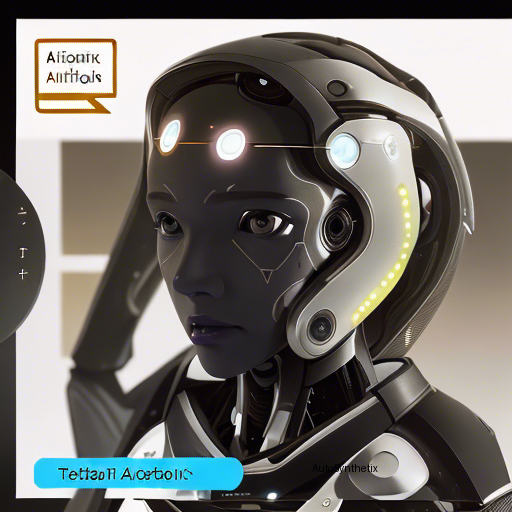Introduction: The ever-evolving world of artificial intelligence (AI), particularly within natural language processing, has reached new heights thanks to groundbreaking studies like "ReAct Meets ActRe: Autonomous Annotations of Agent Trajectories for Contrastive Self-Training." This innovative approach spearheaded by researchers aims at streamlining how AI agents learn complex, multi-stage actions without relying heavily on manual intervention. Let's delve into their proposed methodology known as A$^3$T, taking us one step closer towards autonomy in machine learning processes.
Summarising the Proposed Framework - A$^3$T: "Autonomous Annotation of Agent Trajectories" (or A$^3$T for short) introduces a novel solution to automate the collection of training data required for enhancing the performance of language agents performing intricate, sequential operations. Traditionally, gathering these datasets involved extensive, laborious human input, often involving tedious labeling exercises or creating various prompts. By introducing the concept of 'React' meeting 'ActRe,' the research team bridges this gap while enabling machines to teach themselves more efficiently.
Introducing ActRe & ReAct: At the heart of this system lies two critical components - ActRe and ReAct. While ActRe acts as a versatile prompting agent capable of explaining the rationale behind any given action, the ReAct-Style counterpart queries ActRe when confronted with random actions during sampling. These exchanges generate fresh trajectories enriched with contextually relevant explanatory texts derived from ActRe's responses. Essentially, the former serves as a teacher guiding the latter through trial-and-error experiences until they converge upon optimal solutions.
Contrastive Self-Learning via Policy Gradient Methods: This ingeniously crafted symbiosis between ActRe and ReAct paves the pathway for what the study dubs 'contrastive self-learning.' Employing techniques rooted in reinforcement learning theory, the model utilizes policy gradients coupled with binary reward systems. As a result, the algorithm undergoes continuous cycles of enhancement over numerous iterations, ultimately leading to improved performance across several benchmarks.
Experimental Results: To test the efficacy of their proposition, the researchers employed the popular QLoRA architecture alongside Mistral-7B Instructional dataset version v0.2. Strikingly effective outcomes were observed even after just a single iteration, showcasing a remarkable 96% success rate in challenging environments like AlfWorld. After four consecutive iterative improvements, the agents performed flawlessly in both domains examined – achieving cent percent scores in Alfworld and almost matching human proficiency levels in Webshop scenarios. Evidently, A$^3$T demonstrably surpasses contemporary strategies, notably those leveraging OpenAI's renowned GPT-4, sophisticated agent architectures, fully optimised deep neural networks, among others.
Conclusion: With every breakthrough, our understanding of artificial intelligence expands exponentially, pushing boundaries further away from science fiction fantasies toward tangible realities. Research endeavors such as the 'ReAct meets ActRe' study instigate a paradigm shift in AI education, whereby automated mechanisms take charge in shaping the next generation of intelligent agents. Through A$^3$T's unconventional yet highly efficient approach, we move another significant stride forward in harnessing the full potential of self-directed learning capabilities embedded within modern large scale transformer models. Undoubtedly, future advancements will continue building off such milestones, heralding a bright era of adaptable, intuitive, and increasingly human-like AI interactions.
Source arXiv: http://arxiv.org/abs/2403.14589v1
